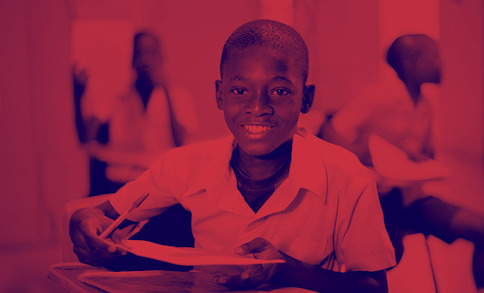
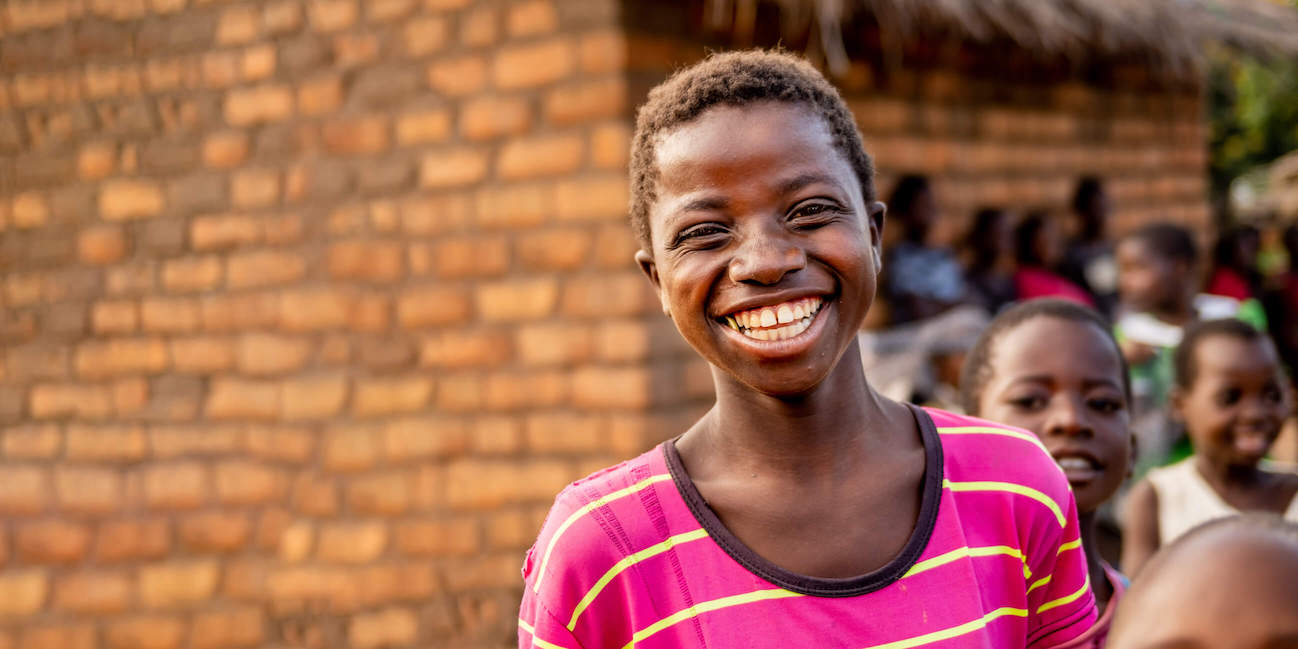
Children all over the world are exposed to various traditional practices as they grow up. While those practices can be an important part of one’s culture and identity, some – from female genital cutting to sexual initiation rituals and child marriage – can have adverse effects, particularly for girls. For instance, research has shown that child marriage, a violation of human rights, increases school dropouts and teenage pregnancies. This not only puts girls’ lives under threat, but also compromises their future opportunities, reinforcing gender-based poverty.
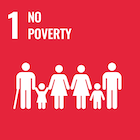
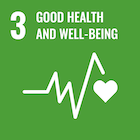
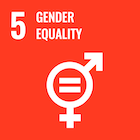
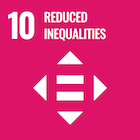
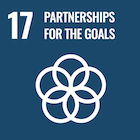
In Malawi, more than 40% of girls are married before the legal age of 18 and 10% before the age of 15. Nevertheless, less than 5% of parents say that the ideal age of marriage for girls is below 18. So why do they do it?
This research argues that families marry off their under-age daughters in Malawian villages at least in part to demonstrate that they can be trusted as part of their community. Public image concerns are indeed a powerful driver of many behaviors, creating a wedge between private and public motives, as in the case of child marriage. Lowering public image concerns typically involves making the behavior one hopes to discourage less visible. Marriages, however, are often public ceremonies under the public eye.
Instead, we tried to increase the visibility of alternative behaviors that contribute to public image without hurting girls in the process. We did so by making charitable behavior more visible to the community. We randomly assigned 412 villages in rural Malawi to a public donation drive. In some of those villages, but not others, households who donated 2kg of maize to be redistributed to the poorest households in the village received a red rubber bracelet, which made it visible to others that they were engaged community members. We hoped that this alternative signal would allow households to act on their private motives when it came to child marriage.
After 16 months, child marriage decreased by 30% and teenage pregnancies by 29% in villages that hosted the public donation drive. School dropouts decreased by 15%. Why did this happen? In villages without the public donation drive, villagers maintained a strong association between public image and support for child marriage, while this was no longer the case in treated villages, where villagers could protect their social image through a visible – and harmless – alternative.
The loop: Girls under-development due to child marriage, resulting in school dropouts, early pregnancy-related risks, and gender-based poverty.
Breaking the loop: Offering parents a harmless alternative to protect their public image while acting on their private motives by not marrying off their underage daughters.
Harmful Practices against Girls in Malawi
As many traditional practices, child marriage can be characterized as a social norm. This paper documents first-hand that one expects to be perceived as less pro-social if they were not to marry their under-age daughter.
- StatusClosed
- CountryMalawi
- Program areaNo Poverty, Health Wellbeing, Gender Equality, Reduced Inequalities, Partnerships
- TopicsInitiation Rituals, Child Marriage, Social Norms, Social Networks
- PartnersUNICEF Malawi, Center for Social Research Malawi, University of Malawi
- Timeline2018-2019
- Study typeRandomized Evaluation
- Sample SizeWe conducted a total of 14,821 interviews.
Similar
Child Development Study
Longitudinal Study on Child Development Based on Wearable Technologies.
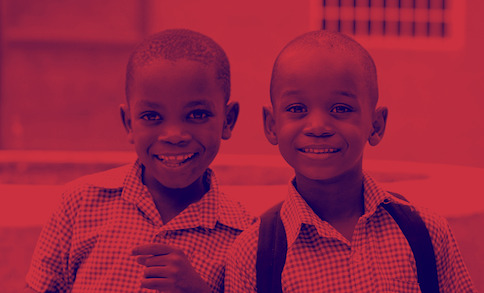
School Closures and Reopening in the Pandemic
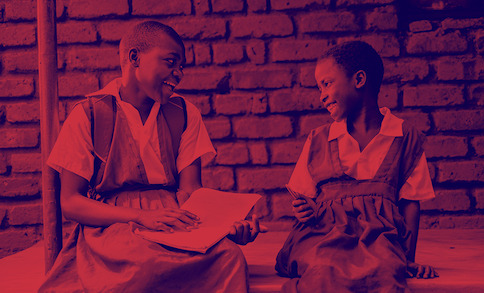
Preventing Student Dropouts in the Pandemic
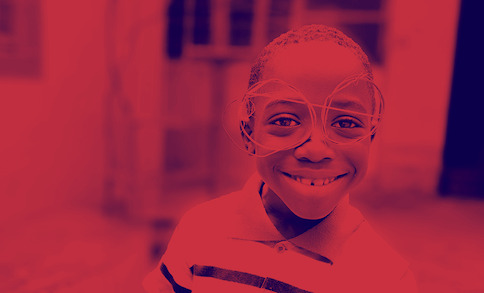
The Growth Mindset Project
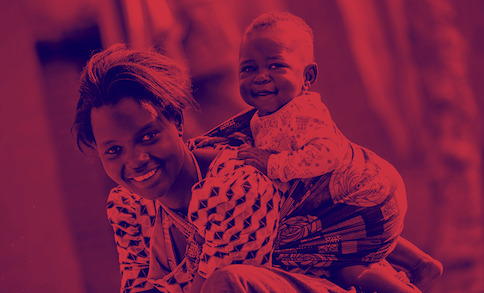
Preventive Health Care in Malawi
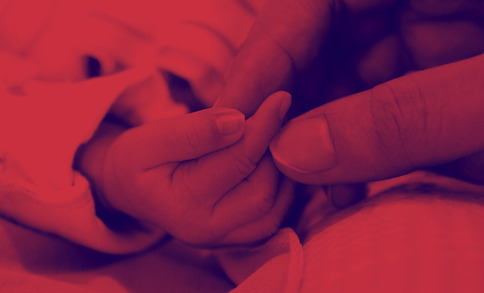
Sex-Selective Abortion in Armenia
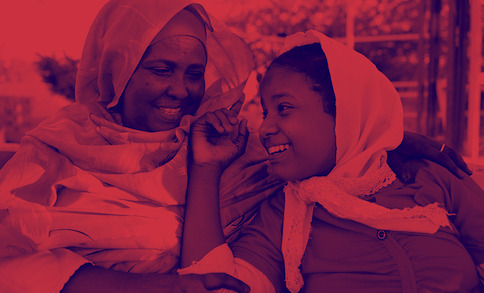
Parental Investment in Children
